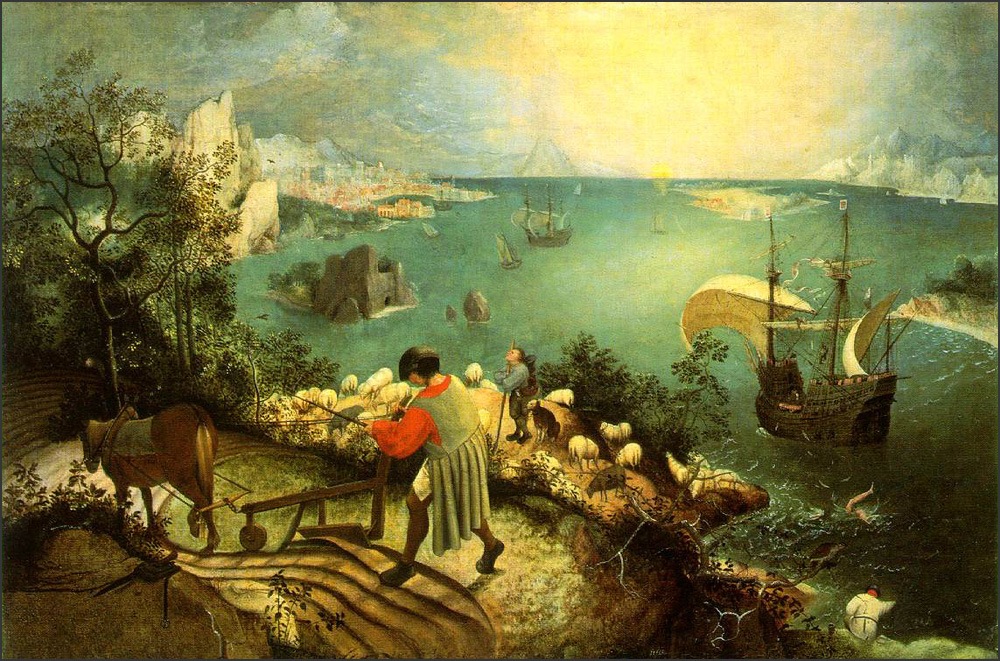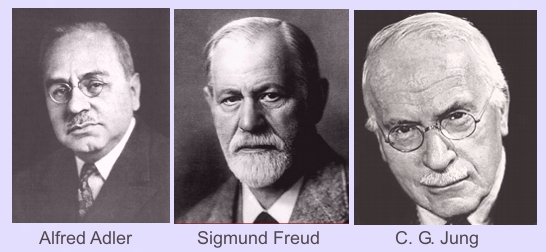On March 19th, a spacecraft known as NASA’s Solar Dynamics Observatory captured the solar prominence seen below. In the article accompanying the image, the prominence is described as a magnetic plasma-filled “sun tentacle” which “erupted into space with a distinct twisting motion.” The caption accompanying the photo also refers to the sun tentacle as a “nicely rounded prominence eruption.”[1]
Perhaps most striking of all is of course the image itself. Anyone somewhat familiar with the history of analytical psychology cannot be blamed if upon seeing this “nicely rounded prominence eruption” they immediately think of Jung’s case involving Emile Schwyzer, a.k.a. “The Solar Phallus Man.” In 1906 while working at the Burghölzli psychiatric hospital in Zurich, Jung spied Schwyzer, a 20-something resident with schizophrenic tendencies, staring out a window:
“One day I came across him there, blinking through the window up at the sun, and moving his head from side to side in a curious manner. He took me by the arm and said he wanted to show me something. He said I must look at the sun with eyes half shut, and then I could see the sun’s phallus. If I moved my head from side to side the sun-phallus would move too, and that was the origin of the wind.” [2]
Then four years later while steeped in his studies of mythology Jung came across several references that paralleled Schwyzer’s “vision” to a most uncanny degree. The first reference was found in a liturgy of visions, instructions, and invocations most likely belonging to an ancient Mithraic cult. [3] One of the visions reads as follows:
“And likewise the so-called tube, the origin of the ministering wind. For you will see hanging down from the disc of the sun something that looks like a tube. And towards the regions westward it is as though there were an infinite east wind. But if the other wind should prevail towards the regions of the east, you will in like manner see the vision veering in that direction.”
Jung goes on to note that as the Greek word for tube also means a “wind-instrument,” then, “evidently a stream of wind is blowing through the tube out of the sun.” [4]
In his discussion of these parallel cases involving the sun, phallus/tube, and wind, Jung is quick to point out that the book from which he took the Mithraic reference was published in 1910 and could not have been read by Schwyzer. It thus could not have informed or inspired his vision. [5] Similar logic holds true for other parallels. These include medieval paintings depicting the Immaculate Conception of Christ by way of a tube reaching down from heaven before it disappears beneath the robes of Mary. The Holy Ghost in the form of a dove flies down through the tube to impregnate her. In discussing this image, Jung writes:
“As we know from the miracle of Pentecost, the Holy Ghost was originally conceived as a mighty rushing wind [. . .] ‘the wind that bloweth where it listeth.’ In a Latin text we read: ‘Animo descensus per orbem solis tribuitur’ (They say that the spirit descends through the disc of the sun.”[6]
Schwyzer, who was not well travelled, particularly religious or well-educated, was almost certainly not exposed to these ideas or this imagery at any point in his life. (Jung even verified that other mental hospitals where Schwyzer had stayed did not possess libraries or similar collections of books.) So how is it possible that human nature, specifically the human psyche, can exhibit the same images and motifs – in this case the sun, tube/phallus, and wind – across both time and culture?
In answer to this question Jung put forth his theory of archetypes and the collective unconscious. As stated in a recent Mythfire post, the former refer to “an innate potential pattern of imagination, thought, or behavior that can be found among human beings in all times and places” and the latter term of collective unconscious can be understood as the shared psychic repository of these potential and only partially known patterns. When discussing the Schwyzer case, Jung also refers to archetypes as “a functional disposition.” [7]
In short, Schwyzer’s vision, the Mithraic liturgy quoted above, and the depiction of Christ’s conception all reflect “a functional disposition,” or archetype, within the psyche that holds energetic value or meaning for humanity. The specific archetypal disposition in this instance expresses itself in images connoting the existence of and interrelationship between both the spirit and the soul. Also, at least in the case of the impregnating of the Virgin Mary the interpenetration or fructification of the soul by the spirit is conveyed. (For Schwyzer, his experience of these archetypal energies took the form of a spiritual identification of himself both with God and with the sun’s phallus; on the physical soul-oriented plane the fructifying element manifested in a compulsion to spread his seed, i.e. masturbate).[8]
Jung’s hypothesis regarding archetypes and the collective unconscious continued to develop over the remainder of his life. Parallel images and motifs from mythological traditions of different cultures and periods of human history — many of which could not have influenced or cross-fertilized one another — served as one of the primary proofs for Jung of the existence of collectively shared archetypal energies. Moreover, instead of merely debunking long held religious beliefs or doctrines, appreciation for the existence and power of archetypes usually results in the following: a deeper awareness of the instincts, fears, desires, and drives of human nature; a stronger bond between individuals and “the Other,” especially as it takes shape in other cultures and belief systems; finally, and perhaps most importantly, a sense of religious connection to Something which is at one and the same time spiritual and soulful, transcendent and immanent. (Jung called this something “the Self.”)
For the moment, Mythfire will leave an additional related question unaddressed and unanswered. If, as seems the case, Schwyzer had never seen an actual solar prominence and that the same cannot be seen with the naked eye, how is it possible that real solar prominences – as shown in the above photo – so closely mirror the psychological and mythological analogues we’ve discussed? Schwyzer’s inability to physically see the solar prominence suggests that he was instead somehow seeing or intuiting it psychically. Indeed, this gives renewed meaning to a phrase borrowed from mythologist Joseph Campbell: “the inner reaches of outer space.”[9]
——
Next Monday: Oneirocritica (“The Interpretation of Dreams”)
[1] The article’s title is “Solar eruption creates spectacular ‘sun tentacle’.” See: http://www.msnbc.msn.com/id/42269920/ns/technology_and_science-space/.
[2] Jung’s Collected Works Vol. 8, para. 317. In addition to the sources quoted in this post, readers interested in learning more about Schwyzer’s case may want to turn to Chapter 13 (“The Solar Phallus Man”) in Deidre Bair’s Jung: A Biography, as well as other references to the case in the index to Jung’s Collected Works.
[3] Mithraism was a religion practiced in Rome from approximately 1-4 A.D. An additional parallel to the examples offered in the present post perhaps can be found in the brief worship in Ancient Egypt (c. 1350 BCE) of the god Aten who took the form of a sun-disk with Holy Spirit-like sunbeams extending out and downward toward believers. To Mythfire‘s untrained eye, some of the images of the Aten sun disk even appear to be ithyphallic. For one example, see www.democraticunderground.com/discuss/duboard.php?az=show_mesg&forum=102&topic_id=2351917&mesg_id=2352008.
[4] CW 8: 318.
[5] Nor could it have been an example of cryptomnesia, which is the sudden recollection of once known and then forgotten or repressed images and motifs.
[6] Ibid., 319. While not necessarily showing a tube, many if not most depictions of the Immaculate Conception do show a dove descending a shaft of light on its way from Heaven to the waiting Mary.
[7] The first definition of archetype comes from page 233 of Murray Stein’s Jung’s Map of the Soul: An Introduction. Archetypes as a “functional disposition” can be found in CW 5:154.
[8] CW 9i:104-110 is also to be consulted when discussing the spiritual and soulful aspects of “The Solar Phallus Man.”
[9] According to online sources, solar prominences can be seen with the unaided eye only during eclipses and even then only rarely. Also, see Campbell’s book entitled The Inner Reaches of Outer Space.






